Lecithin Plant Manufacturers
We believe in providing top quality workmanship and are so confident in our level of service that we back.
We believe in providing top quality workmanship and are so confident in our level of service that we back.
Lecithin is a complex mixture of phospholipids, primarily derived from plant sources like soybeans, sunflower seeds, and rapeseed. It is widely used as an emulsifier, stabilizer, and preservative in various industries, including food, cosmetics, and pharmaceuticals.
Lecithin’s composition includes key phospholipids such as Phosphatidyl Choline (PC) and Phosphatidyl Ethanolamine (PE), which contribute to its functional properties in formulations.
The production of lecithin involves several advanced technologies designed to extract, refine, and modify lecithin to meet specific industry requirements.
The primary technologies used in lecithin production include:

This process involves the extraction of lecithin from crude vegetable oil through a degumming process. The gummed oil is treated with water, followed by centrifugation to separate the lecithin-rich phase.

Hydrolysis is employed to modify the phospholipid structure, enhancing lecithin's solubility and functionality in various applications. This process is particularly useful in producing lecithin for food and cosmetic industries.

This involves the drying of liquid lecithin to obtain a powdered form. Technologies such as spray drying, or vacuum drying are utilized to produce lecithin powder with desired characteristics.

A specialized technique used in lecithin processing to achieve a highly concentrated and purified product by efficiently removing solvents and volatile components.
Lecithin production begins with the selection and preparation of oil-bearing materials such as soybeans or sunflower seeds. The crude oil is extracted using mechanical or solvent extraction methods.
The crude oil undergoes degumming, where water or acid is added to hydrate phospholipids, facilitating their separation from the oil. The hydrated phospholipids form a gum phase, which is rich in lecithin.
The gum phase is separated from the oil through centrifugation. The resulting crude lecithin is further processed to remove impurities and achieve the desired concentration and composition.
For hydrolyzed lecithin, the crude lecithin undergoes enzymatic or acid-catalyzed hydrolysis, altering the phospholipid structure to enhance its solubility and emulsifying properties.
The lecithin is then dried using technologies such as spray drying to produce powdered lecithin. Additional purification steps may be employed to achieve specific grades of lecithin, such as single or double-bleached lecithin.
The final lecithin product is subjected to rigorous quality control tests to ensure compliance with industry standards and customer specifications.
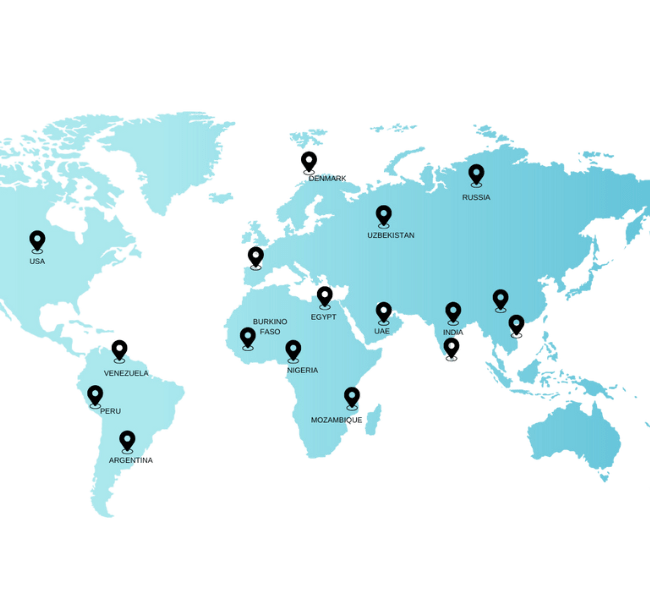
Strategies to ensure proactive domination. At the end of the day,User generated content in real-time will have multiple touchpoints for offshoring.

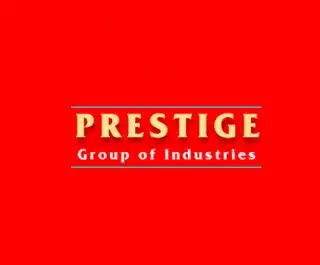


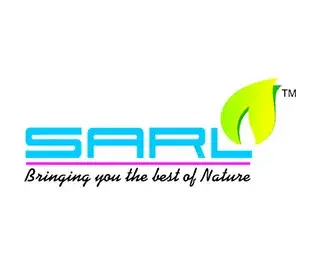
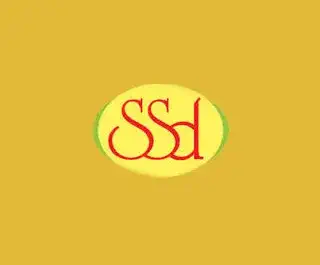
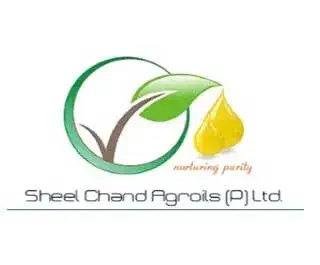
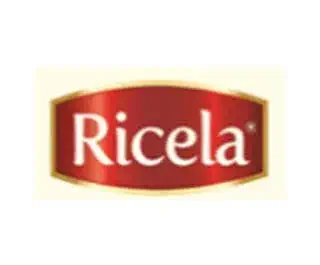
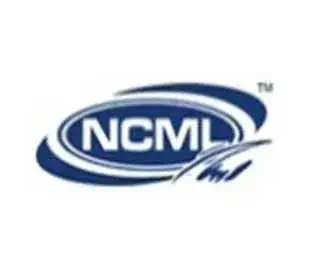
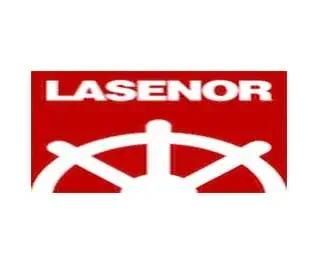
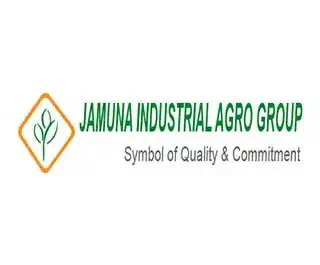
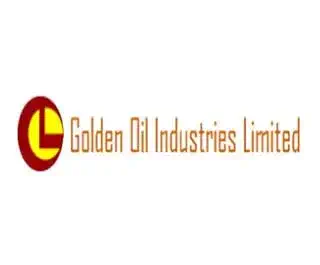


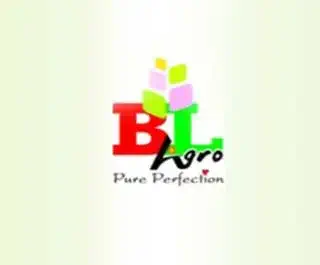
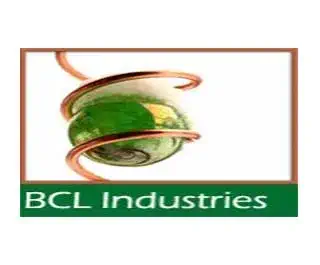
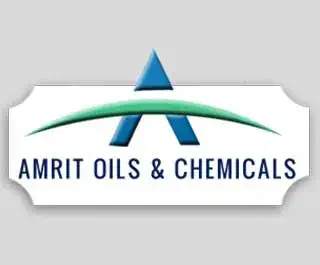
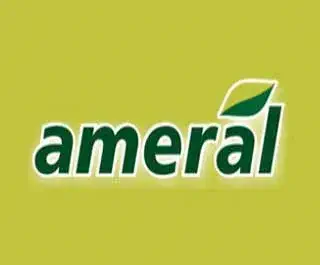
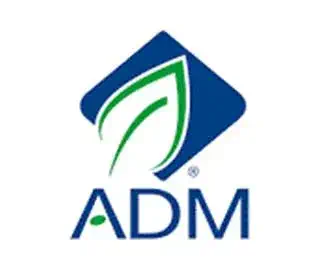
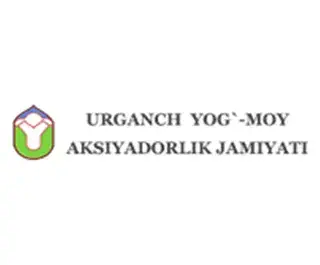
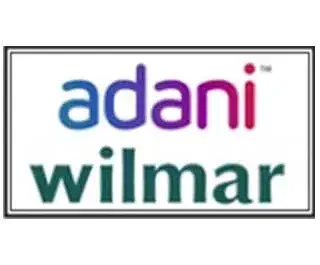
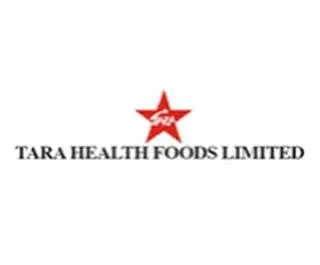
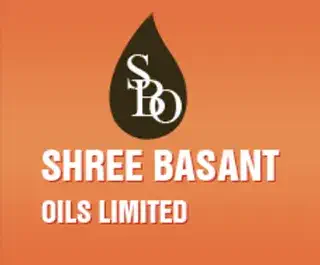
Discover some of the most asked questions regarding Lecithin Plant.
Lecithin is primarily derived from oil-bearing seeds such as soybeans, sunflower seeds, rapeseed, and rice bran.
Lecithin functions as an emulsifier, stabilizer, moisturizer, and preservative, making it an essential ingredient in various formulations.
Hydrolyzed lecithin undergoes a process that alters its phospholipid structure, enhancing its solubility and functional properties in food and cosmetic applications.
Powdered lecithin is commonly used in the cosmetic industry as a thickening agent, in food products for texture enhancement, and in pharmaceuticals for stabilization.
Muez-Hest offers advanced technology, custom solutions, and high-quality lecithin products that comply with industry standards, making them a reliable choice for lecithin production.